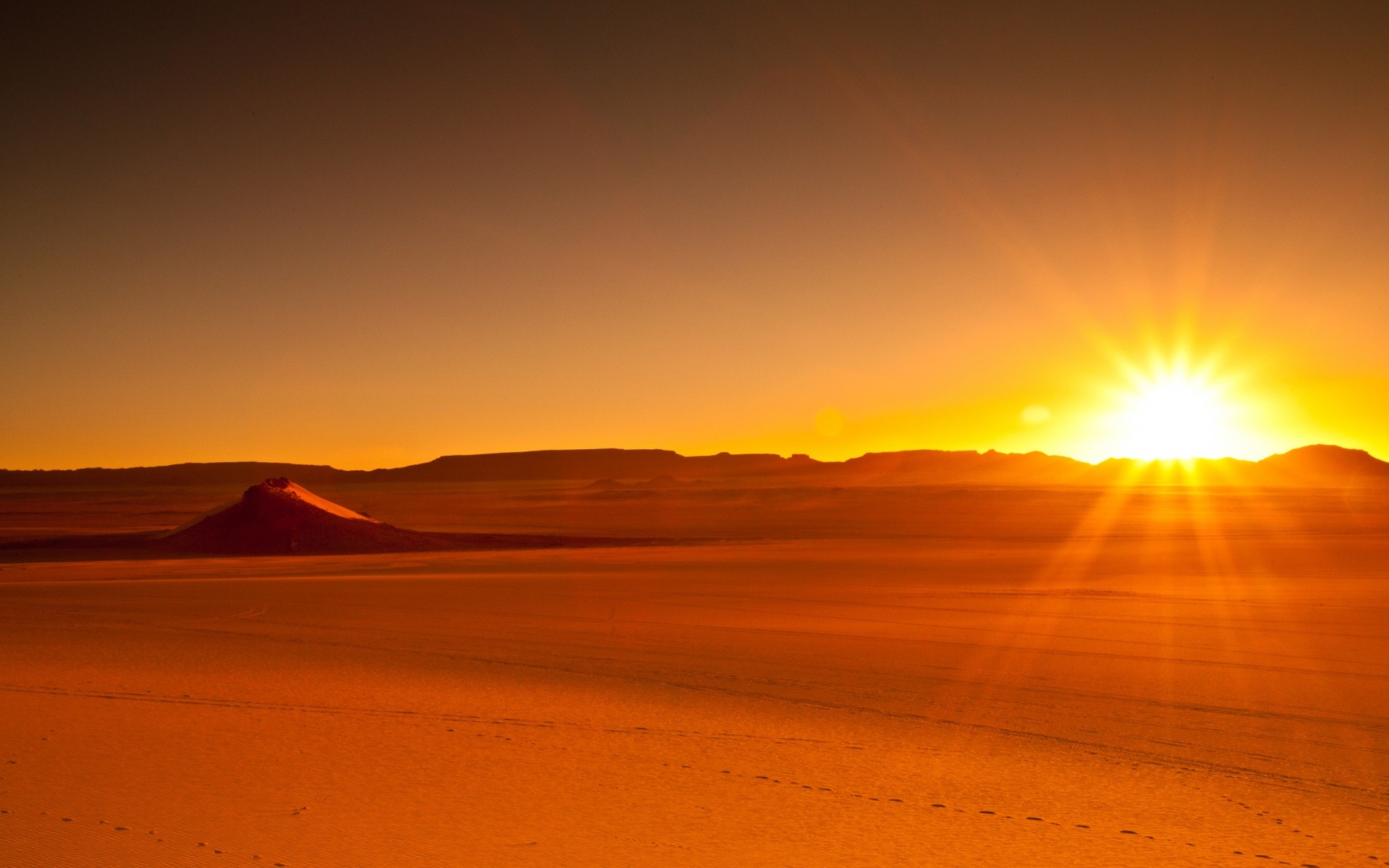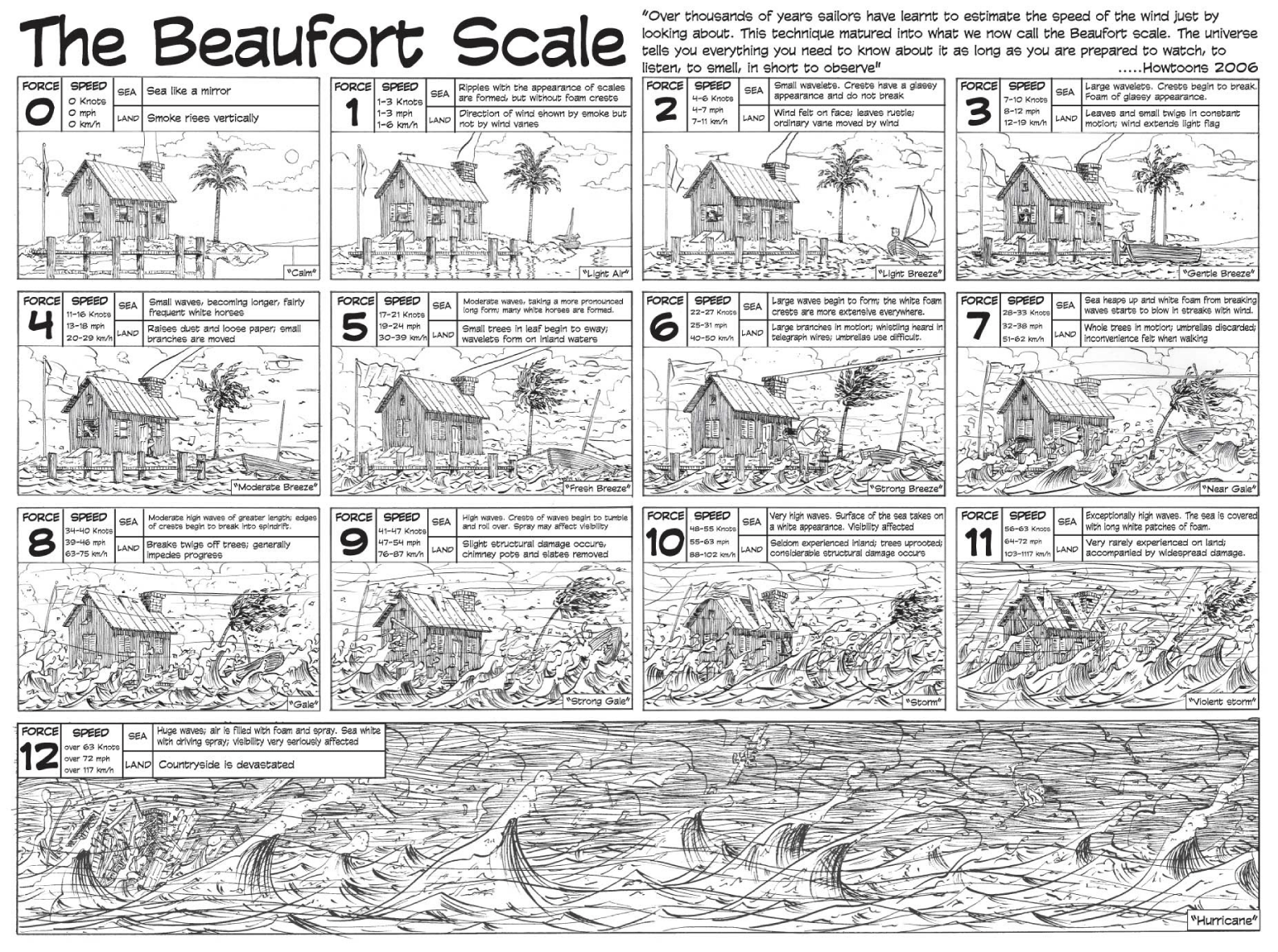Control Weather (spell)
| Grade | °C | °F |
|---|---|---|
| polar | -40 or less | -40 or less |
| arctic | -35 to -39 | -30 to -39 |
| bitterly cold | -29 to -34 | -20 to -29 |
| very cold | -24 to -28 | -10 to -19 |
| cold | -18 to -23 | 0 to -9 |
| wintry | -12 to -17 | 1 to 9 |
| icy | -7 to -11 | 10 to 19 |
| frosty | -2 to -6 | 20 to 29 |
| chilly | -1 to 4 | 30 to 39 |
| brisk | 5 to 9 | 40 to 49 |
| cool | 10 to 15 | 50 to 59 |
| pleasant | 16 to 21 | 60 to 69 |
| warm | 22 to 26 | 70 to 79 |
| balmy | 27 to 32 | 80 to 89 |
| sweaty | 33 to 37 | 90 to 99 |
| sweltering | 38 to 43 | 100 to 109 |
| feverish | 44 to 48 | 110 to 119 |
| baking | 49 to 54 | 120 to 129 |
| scorching | 55 or more | 130 or more |
| Range | self |
| Duration | 4-48 hours |
| Area of Effect | 3⅓ mile radius |
| Casting Time | 3 rounds |
| Saving Throw | none |
| Level | cleric (7th); druid (7th) |
Allows the cleric to change the conditions and wind force of the locality, depending upon the previous conditions. This effect will cover an area equal to seven 2-mile hexes, or one 6-mile hex. At the edge of the adjustment will be a distinct, observable barrier about 20 yards thick, that anyone can pass through. The change will be startling, especially as most who encounter this barrier will have no knowledge of the caster's presence or the reason how this strange phenomenon is. Nevertheless, the spell will preclude the possibility that anyone beneath 5th level of giving the matter much attention, while only those above 10 level would find it something worth investigating.
The caster must make adjustments to the temperature, the wind force and the atmospheric conditions.
Change in Temperature
The Temperature Grades table provides a translation of each temperature description into degrees Celsius or Fahrenheit; these descriptions exist because no actual scale exists as a measurement in the 17th century game world. The caster may reduce or increase the relative temperature no more than two grades. For example, "baking" could be reduced to merely "sweltering," or sweltering could be reduced to "balmy."
An adjustment of 12-20 degrees Fahrenheit can have a remarkable effect upon the character's relative comfort. The DM can provide some game colour to the process, stressing details of how the players feel as the spell takes effect.
The adjustment in temperature requires 10-40 rounds (10d4), or between 2 and 8 minutes. During the change, characters wearing too much clothing or not enough will need to adjust their CLO progressively, particularly if the change in temperature is occurring during combat. Likewise, there will be a noticeable change in the texture and hardness of ice, particularly if the temperature change brings the surrounding weather from below zero to above. Free ice will begin to become slick almost within 4-10 rounds, as the ice surface turns to water.
Along with a change in temperature, the caster is also allowed to adjust the apparent atmospheric conditions.
Conditions
| Grades | possible conditions |
|---|---|
| polar to icy | blizzard, clear (no clouds), cloudy (10% to 75% cover), flakes (very light snow), flurries, low clouds (100 ft. ceiling), overcast |
| frosty or chilly | clear, cloudy, flakes, flurries, fog (light to heavy), ice storm, low clouds, mist (freezing or chill), overcast, sleet |
| brisk or cool | clear, cloudy, drizzle, fog (light), low clouds, overcast, showers |
| pleasant to sweltering | clear, cloudy, overcast, showers, sunny, threatening clouds, thunderstorm (and hurricane in special conditions) |
| feverish to scorching | clear, cloudy, overcast, showers, sunny |
WORKING ...
The particular weather determines the conditions the cleric may choose — regardless of whatever they were previously. Thus, if the temperature is brisk, the cleric may choose a light fog or a drizzle; if the temperature were warm, the cleric may make threatening clouds or an actual thunderstorm. Only those conditions adjacent to those temperatures may be chosen. A blizzard cannot occur if the temperature is greater than icy; a drizzle cannot occur if the temperature is pleasant or higher.
Finally, the wind force may be stirred up as much as the cleric desires, within the range which the cleric has chosen. Thus, if the cleric has decided that there is a light fog, then the wind force chosen cannot be greater than 0 or 1. The wind force limitations table can be found below.
The Beaufort Scale graphic gives a clear vision regarding the effects of wind force.
Effects
If the weather is significantly altered, such as producing or eliminating precipitation, or changing the wind more than three points of force, the effect is so powerful that creatures must make morale check if they are in combat, or else they will break and retreat until the full change of the weather has taken place.
Hurricanes may be started only under certain circumstances — in the deep ocean, where the temperature is either sweaty or sweltering and the water itself is warm and calm. It is not sufficient to raise the (air) temperature to that degree, as this would not sufficiently warm the water; however, the air can be cooled to the sufficient amount — if it imaginably that much hotter where the ocean modifies the temperature.
| Conditions | Wind Force min/max |
|---|---|
| blizzard | 7 to 11 |
| clear | 0 to 6 |
| cloudy | 0 to 5 |
| drizzle | 0 to 3 |
| flakes | 0 to 3 |
| flurries | 4 to 6 |
| fog (light) | 0 to 1 |
| fog (moderate/heavy) | 0 |
| hurricane | 12 |
| ice storm | 0 to 1 |
| low clouds | 0 to 1 |
| mist (chill) | 0 to 2 |
| mist (freezing) | 1 to 2 |
| overcast | 3 to 6 |
| showers | 4 to 8 |
| sleet | 3 to 6 |
| sunny | 0 to 2 |
| threatening clouds | 5 to 10 |
| thunderstorm | 6 to 11 |

